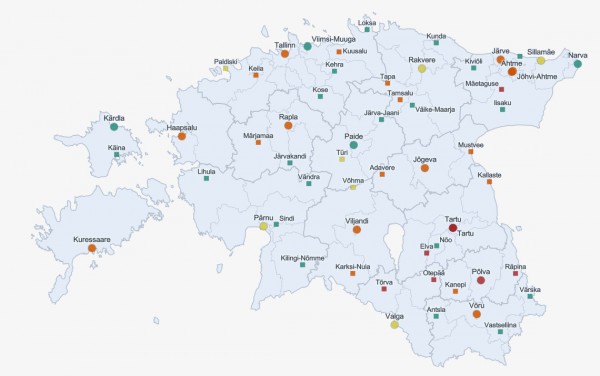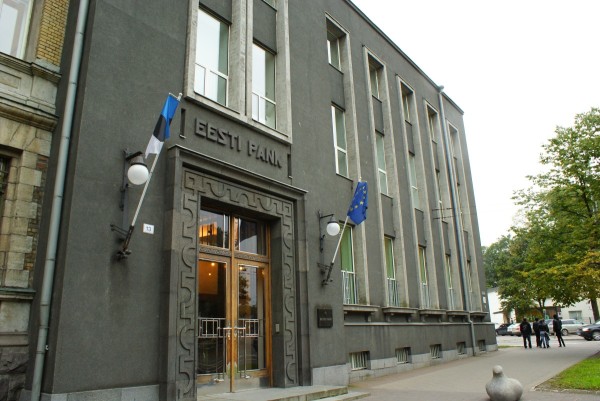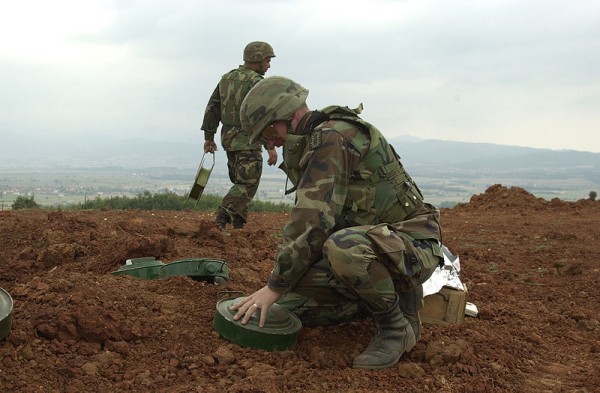The most significant increase in the amount of coronavirus has occurred in southern Estonia. The rise in southern Estonia is led by Põlva, which has also been at the top in the Health Board's statistics in terms of the number of new infections considering the population size
According to the lead researcher of the study and professor of technology of antimicrobial compounds at the University of Tartu Tanel Tenson, the virus levels have been steadily increasing in Põlva for some time. "By today, the amount of the virus in Põlva has become higher than ever before. Therefore we can assume that the number of new infections continues to rise," he said. "Although there seem to be fewer places marked in red (indicating a very wide spread of the virus) on this week's map, the situation is borderline in many places. The amount of virus in places marked in red is so high that it raises the average index in Estonia," Tenson added.
The virus levels in waste water have been growing steadily since the beginning of August. According to Tenson, the virus amount has by now exceeded the previous record, measured in March 2021, at the peak of the previous wave of infection. Similarly to last week, the situation is somewhat calmer in western Estonia and on the islands, compared to the index describing the Estonian average.
Tenson says there is little hope that the situation will improve in the coming weeks. "The fastest way to stop the spread of the virus is by vaccination," he said.
Advertisement / Reklaam
Advertisement / Reklaam
Waste water samples are collected at the beginning of every week in all county centers, cities with more than 10,000 inhabitants and, if necessary, in smaller settlements. Samples taken from larger cities reflect the situation of waste water passing through the treatment plant over 24 hours, giving a reliable overview of the infection level in the city. The spot samples taken in smaller places show the situation at the moment of sampling. Spot samples are more easily affected by various factors and should therefore be used in comparison over several weeks to estimate the trend, rather than get a definitive picture of the current situation.The study is a tool helping the Health Board monitor changes in the outbreak dynamics and discover hidden outbreaks. It gives early information for estimating the spread of the virus before clinical cases are detected. The Health Board is regularly informed of the results.
In the collection of samples, the University of Tartu cooperates with the Estonian Environmental Research Center and water companies operating the water treatment plants of Estonian cities. The samples are analyzed at the laboratories of the Institute of Technology of the University of Tartu.
























